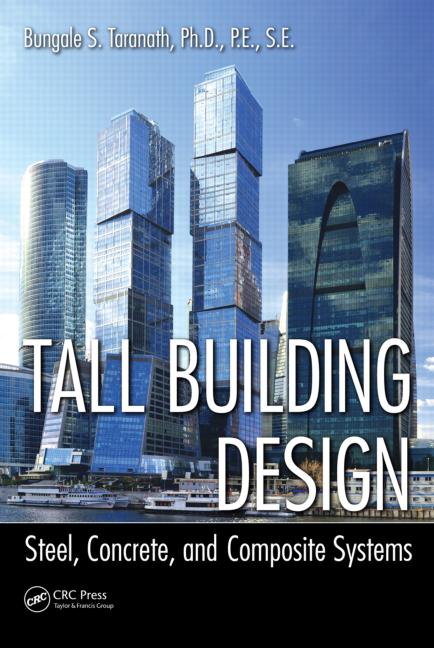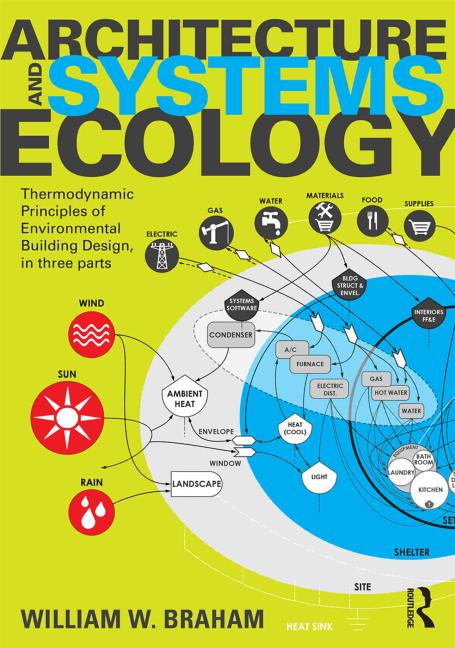Boston College’s New Precast Concrete Recreation Center Redefines Culture of Fitness

Boston College’s new precast concrete recreation center is helping to redefine the academic institution’s culture of fitness and recreation. The 245,000-ft² facility houses a fitness center, rock-climbing wall, jogging track, aquatics center, sport courts, yoga studios, and more. It will provide students with a one-stop destination for all of their fitness needs.
To create the space, designers needed a material that could support vast, open recreation areas on multiple floors and withstand the constant drum of running feet, dribbling balls, and other high-intensity sports. Precast concrete was the obvious choice.
“The structure had to span long distances over a swimming pool and basketball court while still providing adequate support to control the vibration from human foot traffic and activities within the building,” explains Todd Haley, associate project manager for Unistress Corporation. “The additional benefit of precast concrete on this project was the ability to satisfy all of the structural requirements for the recreation center while still providing a product that allowed us to achieve the aesthetic needs of such a high-profile complex.”
The structure includes two long-span precast concrete frame types that deliver a unique combination of pre-tensioning, hard-bar post-tensioning, and unbonded strand post-tensioning. It is supplemented by conventional mild-steel reinforcement to deliver a column-free space. In addition to gravity loads, the frames provide lateral force-resisting systems to satisfy seismic performance criteria.
The large-span frames each feature five precast concrete components to meet the functional and aesthetic requirements. To ensure the highest level of control, the project was accomplished with a staged construction analysis, where each stage required consideration of prestressing and shoring to avoid cracks in the concrete and to support subsequent construction stages.
Restrictions on structural depth with long clear spans were constrained by the need to design for stiffness “tuned” the structure’s vibration response. To maintain a comfortable environment for all, the precast concrete framing could not be al-lowed to crack, and the joints had to be designed to remain in compression under all potential loading. At any stage, if compression limit criteria could not be met the design required adjustment of member dimensions or anchorage configurations and the analysis was repeated.
“This unique situation resulted in pre- and post-tensioning not typically seen in a precast product and a complex reinforcement design that had to fit in a relatively small footprint of the precast columns and bents,” Haley says.
The decision to use precast concrete also aided in construction through the winter months, explains Scott Long of Prime Steel Erection. “Forming, pouring, and winter-heating for cast-in-place construction versus precast erection would have had negative impacts on schedule and appearance.”
To ensure successful erection, designers worked with the erection crew to review plans for bracing and stability, as well as the sequencing of all grouted and welded connections. Large shoring towers were put in place to support bents and the double-tee roof while welding and post-tensioning of members were completed. The towers were not removed until the concrete topping slab was installed on top of the double-tee framing.
“It was a very challenging project where we had to think outside the box,” Long says. “But the final product came out great, which is very rewarding.”
OWNER: Boston College, Chestnut Hill, Mass.
PCI-CERTIFIED PRECAST CONCRETE PRODUCER: Unistress Corporation, Pittsfield, Mass. PRECAST CONCRETE SPECIALTY ENGINEER: Blue Ridge Design, Winchester, Va. ARCHITECT AND ENGINEER OF RECORD: CannonDesign, Boston, Mass.
GENERAL CONTRACTOR: Skanska USA Building, Boston, Mass.
PCI-CERTIFIED ERECTOR: Prime Steel Erecting, Inc., North Billerica, Mass.
PROJECT COST: $127.4 million
PROJECT SIZE: 245,000 ft²
Looking for a reprint of this article?
From high-res PDFs to custom plaques, order your copy today!




.png?height=200&t=1736630003&width=200)


